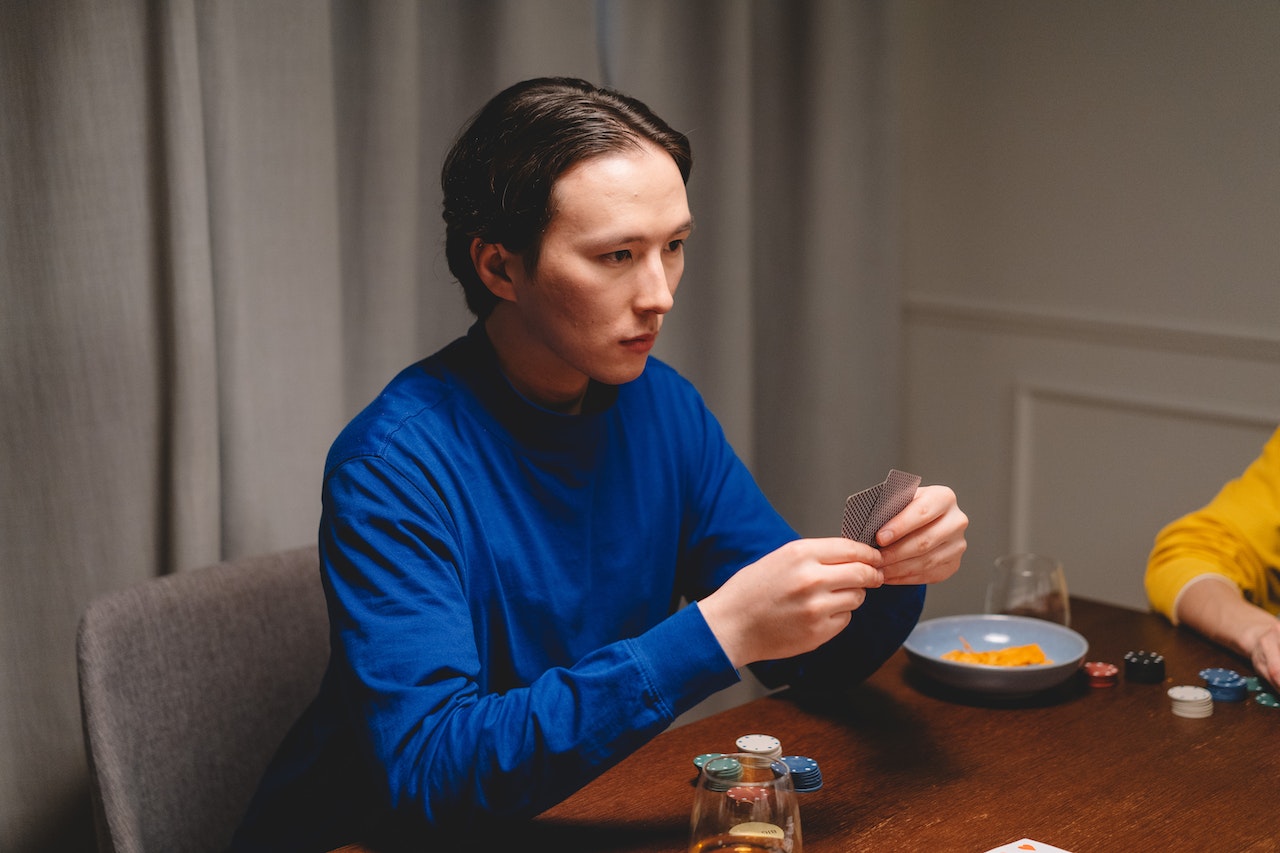In the realm of card games, poker stands as an epitome of strategy, skill, and psychology. With its origins shrouded in mystery, poker has evolved into a global sensation that continues to captivate enthusiasts and professionals alike. In this comprehensive guide, we delve deep into the art of cracking the poker face, unraveling the secrets that every aspiring poker player should know. From understanding the nuances of body language to mastering the psychological facets of the game, we leave no stone unturned in our quest to empower you with the tools to excel in the world of poker.
The Psychology Behind the Poker Face
-
Unveiling the Power of Non-Verbal Communication
In the high-stakes arena of poker, communication transcends words. A well-executed poker face can convey volumes without uttering a single syllable. The subtle twitch of an eyebrow, a fleeting microexpression, or the clenching of fists – these non-verbal cues can reveal more about your opponents’ hands than any spoken language. By mastering the art of reading and concealing these cues, players can gain a substantial edge at the table.
-
The Dual Nature of Expression
The concept of the poker face is a delicate balance between masking emotions and strategically leaking false signals. Players must don the mask of stoicism while occasionally allowing carefully chosen glimpses of their true emotions to surface. This dual nature of expression adds layers of complexity to the game, requiring players to remain vigilant and adaptable in deciphering their opponents’ intentions.
Strategies for Perfecting Your Poker Face
-
Embracing Stoicism: The Foundation of the Poker Face
Stoicism is the cornerstone of a successful poker face. Emotionally detaching oneself from the game’s outcomes is crucial. By adopting a calm and composed demeanor, players can obscure their true emotions and prevent opponents from capitalizing on any potential vulnerabilities.
-
Mastering Timing: The Art of Controlled Reactions
Timing is everything when it comes to the poker face. Deliberate pauses, controlled reactions, and strategic moments of hesitation can all be leveraged to manipulate your opponent’s perceptions. A carefully timed raise or a subtle change in facial expression can induce uncertainty in others, paving the way for calculated victories.
-
The Mirage of False Tells
Creating controlled false tells can be a powerful weapon in your Poker India arsenal. Intentionally displaying signs of nervousness or confidence can lead opponents down the wrong path, causing them to misjudge your hand. However, deploying false tells requires finesse and an acute understanding of your adversaries’ tendencies.
Navigating the Waters of Body Language
-
Decoding Microexpressions: Window to the Soul
Microexpressions, those split-second involuntary facial movements, can divulge hidden intentions. A raised eyebrow might signal surprise at a strong hand, while a barely noticeable smirk could betray a concealed bluff. Learning to recognize and interpret these microexpressions can grant you a significant advantage in predicting your opponents’ moves.
-
Beyond the Face: Observing Posture and Gestures
While the face often takes center stage, a player’s posture and gestures also hold invaluable clues. Slumped shoulders might indicate defeat, while an assertive posture can signify confidence. Careful observation of these subtleties can provide you with insights into the emotional state of your adversaries.
Advanced Techniques for Poker Dominance
-
Merging Mind and Matter: The Power of Psychological Strategy
Beyond mastering non-verbal cues, excelling in poker requires a deep understanding of psychological warfare. Skillfully manipulating your opponents’ perceptions, inducing doubt, and fostering uncertainty are all tools in the advanced player’s arsenal. By merging psychological strategy with a flawless poker face, you can control the narrative of the game.
-
The Game of Tells: Turning Information into Opportunity
Tells, both genuine and manufactured, are the breadcrumbs leading to poker triumph. While genuine tells inadvertently escape even the most seasoned players, manufactured tells can be used to orchestrate calculated bluffs. It’s a high-stakes game of information warfare, and the perceptive player who deciphers and capitalizes on these tells gains a substantial upper hand.
Conclusion
In the realm of poker, the ability to crack the poker face is more than just a skill – it’s an art form that demands dedication, observation, and strategy. By harnessing the power of non-verbal cues, mastering the psychological facets, and honing advanced techniques, you can ascend to the ranks of poker elite. Remember, the poker face is not merely a mask; it’s a multifaceted tool that can shape the trajectory of the game. So, next time you’re at the poker table, keep your emotions in check, embrace the art of deception, and let your newfound insights guide you to victory.
